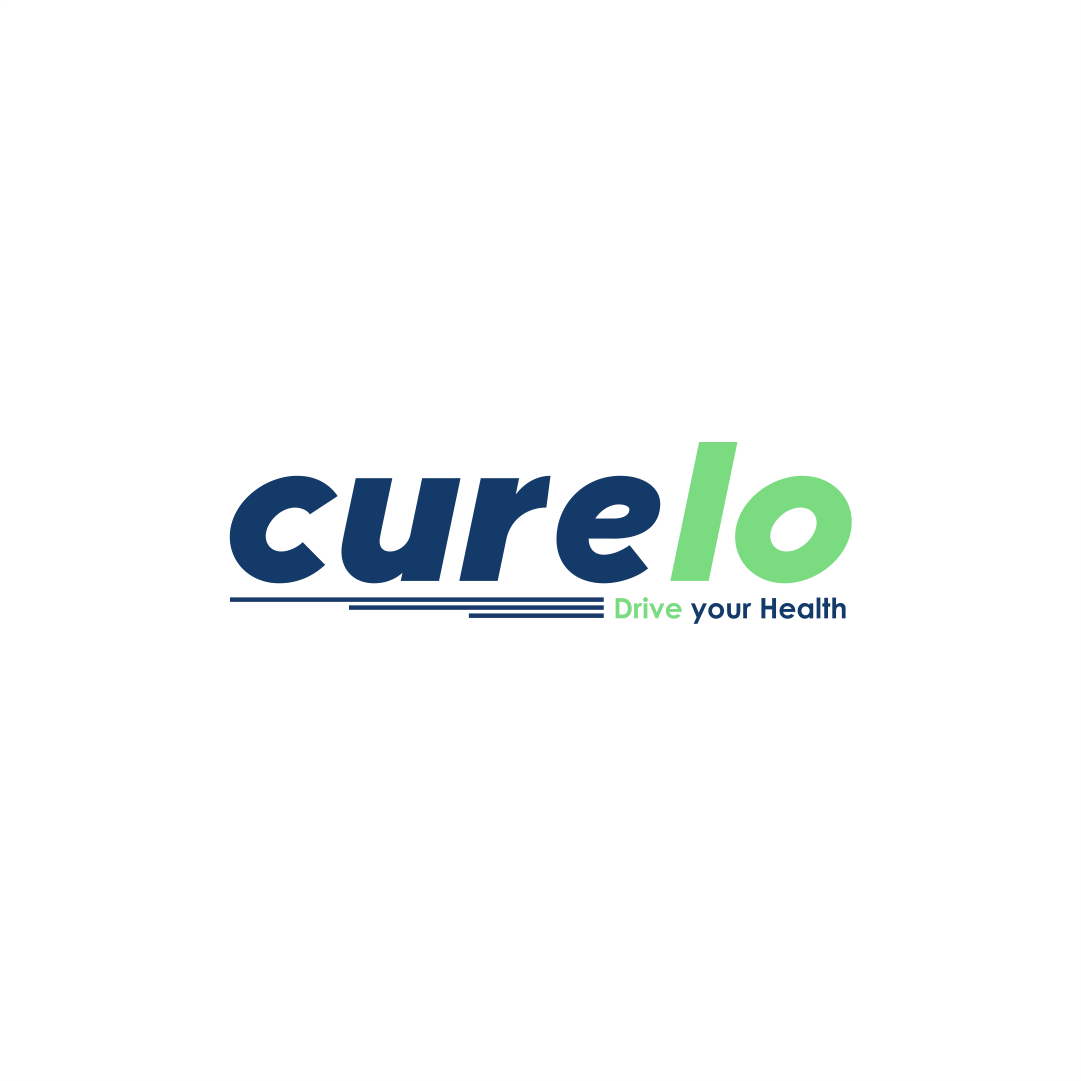
In today’s technology-driven world, screens have become an integral part of our daily lives. While digital devices offer convenience and connectivity, excessive screen time can lead to screen addiction, adversely affecting our physical and mental health. Engaging in a digital detox is crucial for restoring balance and reclaiming control over our well-being. In this article, we will explore the importance of breaking free from screen addiction and provide valuable tips for implementing a digital detox to promote a healthier and more fulfilling life.
- Understanding Screen Addiction
Screen addiction, also known as technology addiction or digital addiction, refers to the excessive and compulsive use of digital devices, such as smartphones, computers, and tablets. Spending excessive time on screens can lead to physical health issues like eye strain, headaches, and disrupted sleep patterns, as well as mental health challenges, including anxiety and depression.
- Recognizing the Need for Digital Detox
It is essential to recognize the signs of screen addiction and its impact on our lives. If we find ourselves constantly reaching for our devices, neglecting personal relationships, or experiencing anxiety when disconnected, it may be time for a digital detox. Acknowledging the need for change is the first step toward restoring balance.
- Set Realistic Digital Detox Goals
A digital detox doesn’t mean completely disconnecting from the digital world forever. Instead, it involves setting realistic goals and boundaries to reduce screen time and create healthier habits. Start by identifying specific areas in your life where excessive screen time is impacting your well-being and gradually work towards reducing those hours.
- Create Screen-Free Zones and Times
Designate certain areas in your home as screen-free zones to encourage more face-to-face interactions and relaxation. Additionally, set specific times during the day when screens are off-limits, such as during meals, before bedtime, or in the first hour after waking up. This allows for more meaningful connections with loved ones and improved sleep patterns.
- Find Alternative Activities
Replace screen time with engaging and fulfilling activities. Rediscover hobbies, spend time outdoors, exercise, read physical books, or practice mindfulness through meditation and yoga. Engaging in activities that promote human interaction and creativity can significantly enhance overall well-being.
- Practice Mindful Screen Usage
When you do use screens, do so mindfully. Avoid multi-tasking and focus on one task at a time. Set a timer to remind yourself to take breaks from screens and give your eyes and mind much-needed rest.
- Seek Support and Accountability
Share your digital detox goals with friends and family, and encourage them to join you on this journey. Having a support system and accountability partners can make the process more enjoyable and successful.
Conclusion
Breaking free from screen addiction is essential for restoring balance in our lives and nurturing our physical and mental health. By embracing a digital detox, setting realistic goals, creating screen-free zones and times, finding alternative activities, and practising mindful screen usage, we can regain control over our well-being and reclaim meaningful connections with ourselves and others. So, take a step back, unplug, and embark on the path to a healthier, more mindful, and more fulfilling life.
Ref
https://www.goodreads.com/book/show/180644991-the-digital-detox
Stay updated with your health, and book a lab test with Curelo today.
Download our app here:
Android app – http://bit.ly/3XRsXzt
IOS app – https://apple.c
Get a 75%* Discount on all lab tests from any lab in your city
Use Code: CURELO

